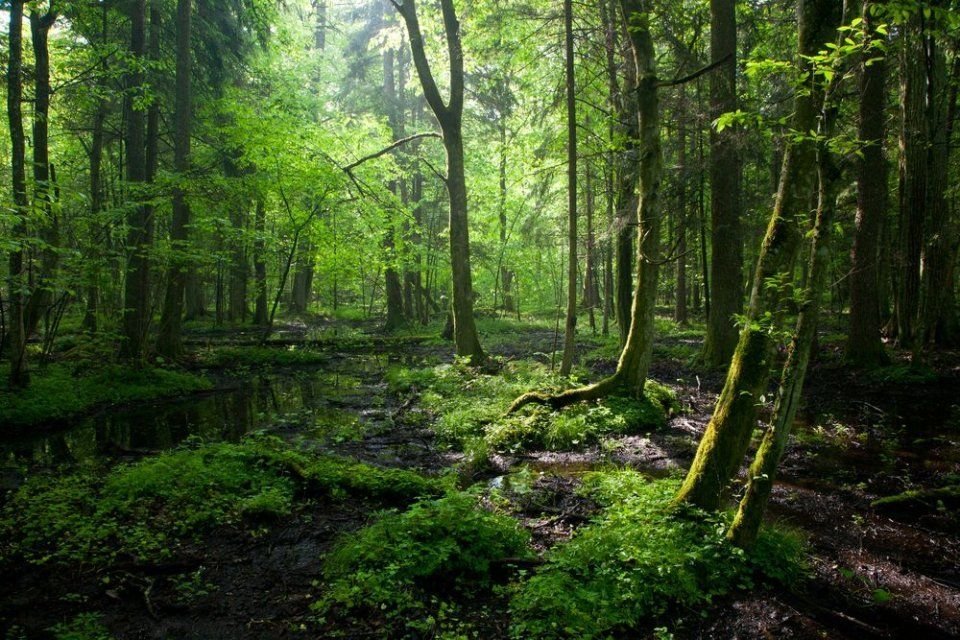Bialowieza Forest: A Living Relic of Europe’s Primeval Wilderness
Nestled on the border of Poland and Belarus, the Bialowieza Forest stands as a living testament to Europe’s ancient wilderness. This enchanting woodland, spanning over 1,500 square kilometers, is a jewel of biodiversity and a window into a time when the continent was cloaked in pristine, untouched forests.

A Primeval Legacy:
The Bialowieza Forest, also known as Puszcza Bialowieska in Polish and Belovezhskaya Pushcha in Belarusian, is an extraordinary remnant of the primeval forest that once covered much of Europe. UNESCO recognized its significance by designating it as a World Heritage Site in 1979, acknowledging the vital role it plays in preserving the continent’s ecological heritage.
A Wilderness of Diversity:
What makes Bialowieza truly unique is its unparalleled biodiversity. This forest harbors a stunning array of species, some of which are found nowhere else in Europe. Among its most celebrated inhabitants are the European bison, Europe’s heaviest land animal and a symbol of the conservation efforts that have taken place here. The forest is also home to wolves, lynxes, and an astonishing variety of birdlife.
Ancient Trees and Enchanted Groves:
Within the forest, towering oak and spruce trees reach for the heavens, some of which have stood for centuries, their gnarled trunks and lush canopies creating an otherworldly atmosphere. The forest floor is a carpet of lush greenery, adorned with vibrant wildflowers that bloom in the spring and summer. The Bialowieza Forest is a place where time seems to slow, allowing visitors to connect with the rhythms of nature.
Conservation and Preservation:
The protection of this natural treasure is a shared responsibility between Poland and Belarus. Efforts to conserve the Bialowieza Forest have been ongoing for decades, with a particular emphasis on preserving the unique flora and fauna of the region. In recent years, debates over forest management practices have sparked discussions about balancing conservation with sustainable forestry.
A Visitor’s Paradise:
For those fortunate enough to visit, Bialowieza offers a wide range of activities to immerse oneself in its splendor. There are numerous hiking trails, guided tours, and wildlife-watching opportunities. The Bialowieza National Park on the Polish side and the Belovezhskaya Pushcha National Park on the Belarusian side provide infrastructure and educational programs to facilitate exploration while minimizing human impact on the ecosystem.
A Timeless Connection:
Visiting Bialowieza Forest is not just about experiencing nature; it’s about forging a connection with a world that has remained relatively untouched for centuries. It’s a journey through time, a chance to witness the resilience of nature, and an opportunity to appreciate the significance of preserving these ancient wildernesses for future generations.
In the heart of Europe, where history and modernity often collide, Bialowieza Forest stands as a tranquil reminder of the continent’s untamed past. Its majestic trees, diverse wildlife, and awe-inspiring beauty beckon all who seek to reconnect with nature and uncover the secrets of Europe’s last primeval forest.